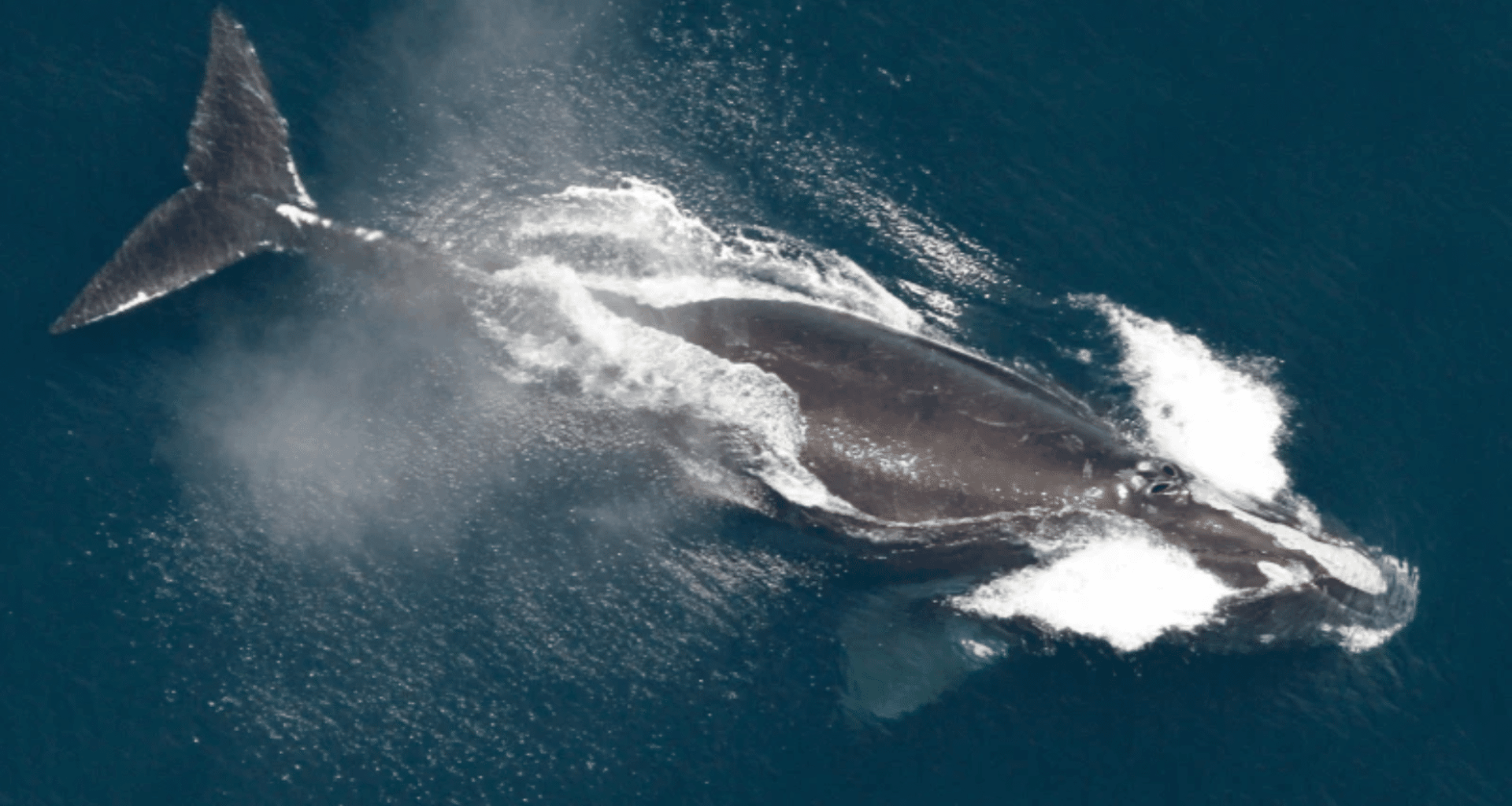In a surprising turn of events, scientists are reporting that one of the world’s rarest and most endangered whale species, the North Atlantic right whale, is showing signs of population recovery. As efforts to protect these majestic creatures intensify, there has been a modest but welcome increase in their numbers. According to a recent report by the North Atlantic Right Whale Consortium, the population of these whales has grown by eight individuals, reaching an estimated 384 in total. This news, published by AP News, highlights a glimmer of hope for a species teetering on the edge of extinction.
The Struggles of the North Atlantic Right Whale: A History of Decline
Once abundant in the waters off the eastern coast of North America, the North Atlantic right whale was hunted to near extinction during the era of commercial whaling. By the 20th century, their numbers dwindled to dangerously low levels, leaving the species vulnerable to extinction. Decades of protection under U.S. and Canadian laws have not been enough to reverse the damage done, and despite legal safeguards, the whales continue to face threats from ship collisions and entanglement in fishing gear. These ongoing dangers have hampered their recovery, leaving scientists and conservationists constantly on edge about the future of this endangered species, as highlighted in a recent report by AP News.
A Glimmer of Hope: The Recovery Trend
Over the last few years, however, a slow but steady trend has emerged in the North Atlantic right whale population. From 2010 to 2020, the population dropped by nearly 25%, but more recently, there has been a promising reversal in that trend. The recent population estimate marks an increase of over 7% from 2020, indicating that conservation measures might finally be making a difference. In particular, the management measures implemented in Canadian waters, especially in the Gulf of St. Lawrence, have been crucial in providing these whales with a safer environment to thrive.
“We know that a modest increase every year, if we can sustain it, will lead to population growth,” said Philip Hamilton, senior scientist at the New England Aquarium’s Anderson Cabot Center for Ocean Life. “It’s just whether or not we can sustain it.”
This cautious optimism comes with the realization that every year matters and that long-term success will depend on consistent efforts.

The Role of Conservation Efforts: Vital Protection or Slow Progress?
The growth of the North Atlantic right whale population has been aided by a series of conservation initiatives. Among these, efforts to reduce ship strikes and fishing gear entanglements are paramount. In the Gulf of St. Lawrence, the increased whale presence has spurred new regulations designed to keep these whales safe. These measures, along with federal protections in the U.S. and Canada, have been credited for the positive signs seen in recent years.
However, it’s not all smooth sailing. Despite the encouraging signs, there are significant concerns. The whales still face immense risks from human activities. The warming of the oceans is making their migration routes more hazardous, pushing them into areas with less protection. As Hamilton and other scientists point out, while the increase in population is a step in the right direction, the species is still far from secure. More robust protections and a sustained commitment to their conservation are necessary to ensure their continued survival.
New Births: A Ray of Hope for the Next Generation
One of the most encouraging signs in recent reports is the increase in the number of calves born to North Atlantic right whales. Four new mothers gave birth for the first time, and overall, 11 calves were born this year. While this number is less than expected, it still represents a positive shift compared to previous years when reproductive numbers were alarmingly low.
The birth of new calves is essential for the long-term survival of the species. Without a sufficient number of new births, the population cannot grow, no matter how many adults are protected.
“The slight increase in the population estimate, coupled with no detected mortalities and fewer detected injuries than in the last several years, leaves us cautiously optimistic about the future of North Atlantic right whales,” said Heather Pettis, who leads the right whale research program at the Cabot Center and chairs the North Atlantic Right Whale Consortium.
“What we’ve seen before is this population can turn on a dime,” Pettis added, reminding everyone that while optimism is justified, the species’ future remains uncertain.
The Political Landscape: Laws and Legislation at Risk
While positive signs of recovery are emerging, the future of the North Atlantic right whale is still at the mercy of political decisions. Environmental groups, including Oceana, have voiced concerns over recent attempts to weaken protections under the Marine Mammal Protection Act. “Continued attacks on the Marine Mammal Protection Act and efforts to weaken NOAA’s science-based safeguards put this fragile population at even greater risk,” said Gib Brogan, senior campaign director with Oceana. These protections are essential to the survival of the right whale, and any reduction in their scope could jeopardize decades of conservation work.
At a time when the right whale’s population is finally on the upswing, these political developments could undo much of the progress that has been made. As environmental advocates push for stronger safeguards, the question remains whether lawmakers will heed the call or allow commercial interests to weaken critical protections.
